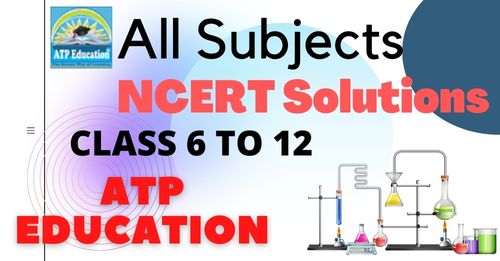Answer:
Festivals shared by different regional and religious communities are :
(i) Independence Day
(ii) Republic Day
(iii) Gandhi Jayanti
These are our national festivals, so every Indian celebrates them irrespective of region and religion.
Que: What do you think living in India with its rich heritage of diversity adds to your life?
Ans:
India is a country with a rich heritage of diversity. People here belong to various religions, speak different languages, wear different clothes, eat different things, among other diversities. However, despite all this, we unite together as Indians. We share the same national symbols, national virtues and feelings. Being an Indian gives us the divine idea of ‘sarvadharma sambhava’, which means that we have the virtue of respecting all religions, since all religions are one.
Que: Do you think the term “unity in diversity” is an appropriate term to describe India? What do you think Nehru is trying to say about Indian unity in the sentence quoted above from his book “The Discovery of India”?
Ans:
Yes, I believe “unity in diversity” is an appropriate term to describe India.
Diversity. India is a large country and people of different parts follow different faiths, speak various languages, wear and eat differently. This shows that India has a diversity spread across its people.
Unity. Despite the diversities, as Indians, we are one. As an Indian, we are no more a Gujarati or a Bengali, we celebrate the national days with equal zeal, we sing the national anthem with the same passion. This shows our unity. Therefore, the phrase “unity in diversity” is justified.
Nehru has written in his book “The Discovery of India”, “It was something deeper and within its fold, the widest tolerance of belief and custom was practised and every variety acknowledged and even encouraged.” He means that when one ponders over it deeply, one finds that India is not only united, but its people also know how to accept other customs and beliefs.
Que: Underline the line in the poem sung after the Jallianwalla massacre, which according to you, reflects India’s essential unity.
Answer:
Don’t forget the days of blood, O friend In the midst of your happiness remember to shed a tear for us The hunter has tom away every single flower Do plant a flower in the desert garden dear friend Having fallen to bullets we slept in Jallianwalla Bagh Do light a lamp on this lonely grave O friend The blood of Hindus and Muslims flows together today Do soak your robe in this river of blood dear friend Some rot in jails while others lie in their graves Do shed a few tears for them O friend.
The underlined line reflects India’s unity. When it came to struggling for freedom of the country, the Hindus and Muslims came together to fight and ‘their blood flows together’


